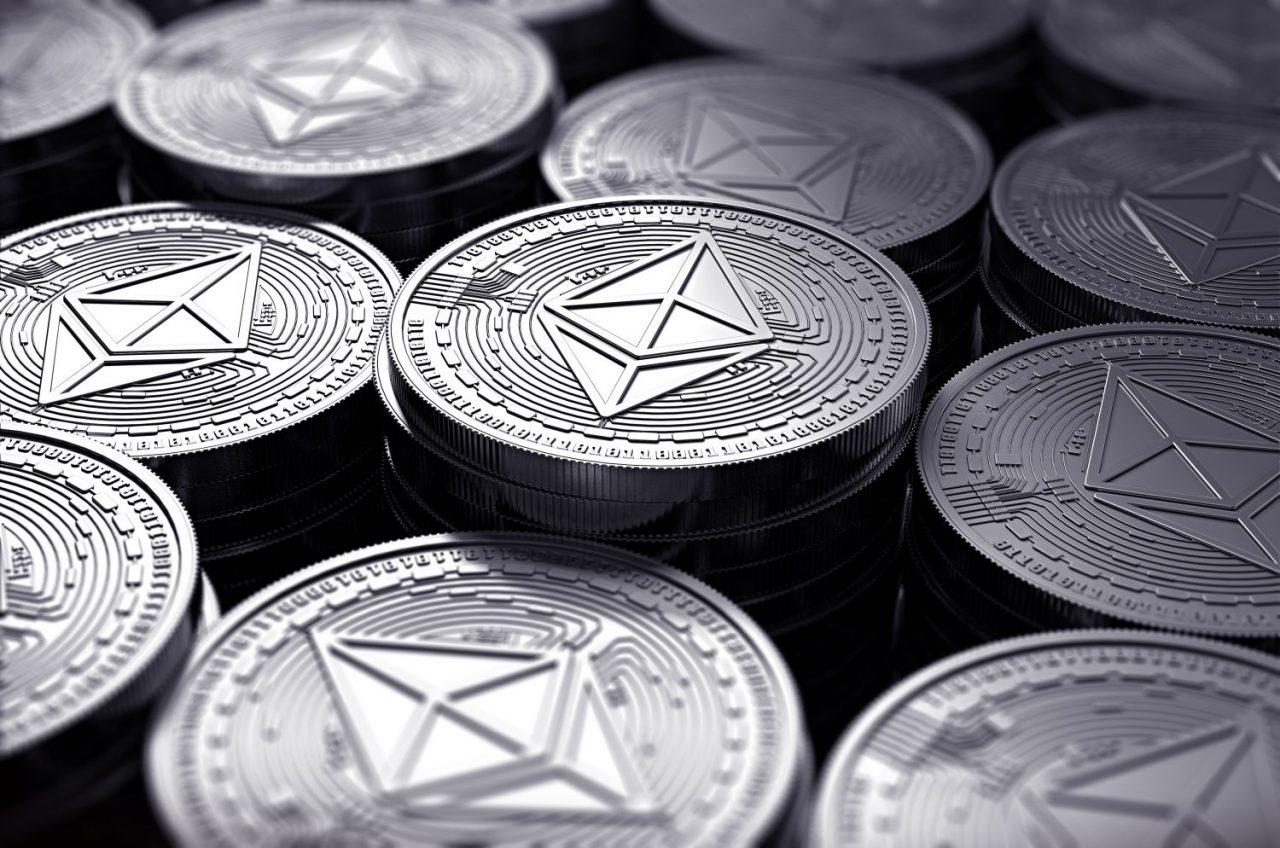
There are two types of digital currencies: coins and tokens. Coins are generally distinguished by their defined quantity, which is typically made possible via blockchain technology. Bitcoin, for example, has a defined number of 21 million units. A potential concern with bitcoin is that it has no economic value other than the value people ascribe to it. It has no intrinsic value. It is simply a unit of limited supply, which is why it is considered to be valuable. This is not completely irrational. Gold, at least, has some – though relatively limited – underlying economic value. For thousands of years, people have ascribed value to it and considered it to be “money,” not because of underlying economic value, but because it has limited supply.
Coins are not typically designed to do anything specifically other than focus on being a limited store of value. Coins use blockchain technology to create transparency and decentralized engagement in an activity centered on sending, receiving, and creating something of limited supply (like bitcoin). The network’s activity is centered on and around the coin itself.
Tokens are different, and it creates confusion when people put coins and tokens into the same category. If you are like me, chances are you use tokens all the time. I use a token to pick up a Divvy bike in Chicago or a Citi Bike in New York and to access certain computer systems. I use a token (a key card) to access the front door to my office building, a different token to access the office, and a different token to access my elevator at home. A ticket to a movie theater or sports event is a form of token/access right. Virtual tokens are the same thing – another form of unique access rights.
Platforms such as Ethereum enable the creation and facilitate the use of tokens. Inspired by bitcoin and its underlying blockchain technology, Ethereum enables smart contracts or applications that, according to its website, “run exactly as programmed without any chance of fraud, censorship, or third-party interference.”
Ethereum allows users to:
- Design and issue their own cryptocurrency.
- Create a tradable digital token that can be used as a currency, a representation of an asset, a virtual share, a proof of membership, or anything at all.
- Set the total amount of tokens in circulation to a simple fixed amount or fluctuate based on any programmed rule set.
- Build a tradable token with a fixed supply, a central bank that can issue money, a puzzle-based cryptocurrency.
Well, that is pretty cool. If limited supply is valuable (as in the case of bitcoin) and Ethereum will let me create something of limited supply using the same technology, then I should just make my own coin, the tomcoin. I did, in fact, work with a friend to create a kevincoin, just to understand the process. In our case, the token had no use or purpose. We just wanted to see if we could create something of limited supply. The premise was that if bitcoin is worth $100 billion because it has a limited supply of 21 million units, our kevincoin should be more valuable with a limited supply of 10 million units.
To be sure, there’s no shortage of crypto-competitors out there vying to take bitcoin’s share. Alt-coins burst onto the scene shortly after bitcoin made its mark, and by 2015 more than 500 cryptocurrencies were trading.By 2018, there were more than 1,600 cryptocurrencies in a market capitalized at just under $269 billion. This market briefly hit a combined market capitalization of approximately $830 billion. Following a significant correction throughout 2018, as of March 2019, there were still over 2,100 cryptocurrencies with a total market capitalization of approximately $140 billion with bitcoin comprising approximately $71 billion of that total. The market does not value all cryptocurrencies the same. The top 20 cryptocurrencies account for 89 percent of that market, giving you a sense of just how top-heavy it is. Some estimate that 95 percent of bitcoin’s wealth is held by 4 percent of its owners, and even more alarmingly, about 94 percent of bitcoins are held by males.
As Nellie Bowles suggested in the New York Times in 2018, “There are only a few winners here, and, unless they lose it all, their impact going forward will be outsize.”
So, why is my kevincoin worth nothing while some coins are worth tens of millions, hundreds of millions, and in some cases, billions of dollars? That we never marketed, sold, or distributed it because it was simply an experiment we stopped before full completion could have something to do with it. But what if we had moved it forward and marketed it across the world as the next bitcoin? Would it have been worth anything? As billions of dollars have poured into coins with little regulatory oversight, these have become key questions for regulators: What exactly are people buying, and what exactly was being promised?

This is an edited extract from Money Without Boundaries: How Blockchain Will Facilitate the Denationalization of Money, by Thomas J. Anderson (published by Wiley, October 2019).
THOMAS J. ANDERSON is the founder and chairman of both Anasova and Supernova Lending. Before he founded Supernova, Tom worked in investment banking and wealth management for Wells Fargo, Deutsche Bank, Merrill Lynch, and Morgan Stanley, where he served as executive director of Morgan Stanley Wealth Management. He is a New York Times bestselling author and acclaimed financial planning expert. Tom’s books have been featured in numerous media outlets around the world. His latest book, Money Without Boundaries is out now.
Tradersdna is a leading digital and social media platform for traders and investors. Tradersdna offers premiere resources for trading and investing education, digital resources for personal finance, market analysis and free trading guides. More about TradersDNA Features: What Does It Take to Become an Aggressive Trader? | Everything You Need to Know About White Label Trading Software | Advantages of Automated Forex Trading









